 I hadn’t seen Jeff (aka The HULK) in too long and wanted to catch up. I had exactly one hour (630am – 730am) to get back or else my kids would be late for school. I thought about what we should do like this, and it’s sort of a microcosm to how I approach fitness and overall wellness. There are three parts to the workout: (1) Miles (2) Movement (3) Muscles — and because I’m not on the pain train alone, there’s the (4) Community aspect as well.
I hadn’t seen Jeff (aka The HULK) in too long and wanted to catch up. I had exactly one hour (630am – 730am) to get back or else my kids would be late for school. I thought about what we should do like this, and it’s sort of a microcosm to how I approach fitness and overall wellness. There are three parts to the workout: (1) Miles (2) Movement (3) Muscles — and because I’m not on the pain train alone, there’s the (4) Community aspect as well.
Here’s a quick recap of the workout:
We both had about 30 pounds in our ruck. We also brought along a 40 pound sandbag.
We rucked for 25 minutes, just under two miles, passing the sandbag back and forth every five minutes or so. This was an opportunity to chat in the dark before the sun came up about what’s going on in each other’s lives. Kids, work, family, the next big adventure, and in our case, the upcoming Guns n’ Roses concert. This was all done while moving, think of it as a nice warm-up.
Then we found a set of stairs and got to work. The workout involved one person going up and down a flight of stairs (5 times) while the other person at the bottom repeated one PT exercise. Then switch, then pick a new exercise your next time on the sandbag. Here are some options: front squats, sandbag throws, sandbag clean and jerks and push-ups. We did this for about 25 minutes – yes, we train to standard, but sometimes we train to time, too. Then we ruck shuffled back to the house taking turns carrying the sandbag. And as we were headed back, I started thinking about how to take this workout, which was great, and basically apply it to any workout that anyone can program.
I think about training in terms of four main pillars: miles, mobility, muscles, and then there’s community.
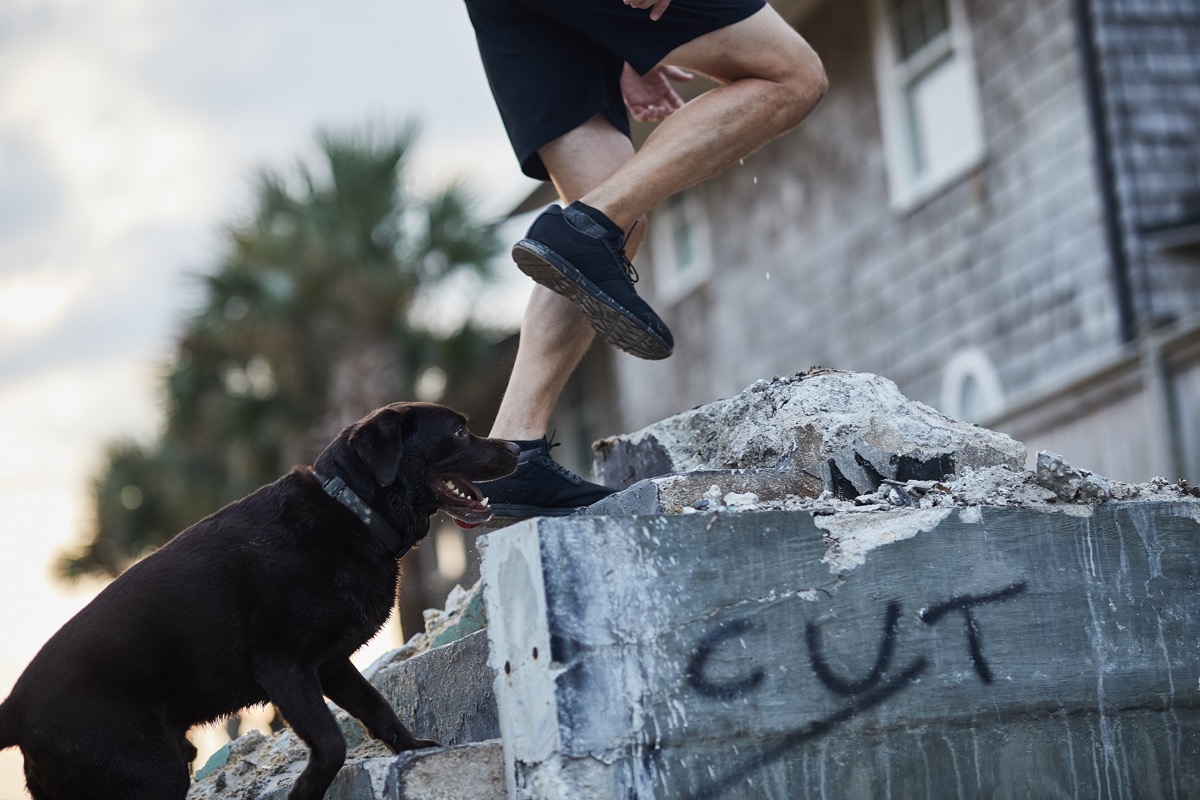
1. MILES
I have a personal goal. I want to do 10,000 steps a day, on average, for the rest of my life or as long as I can. The point of that is not for any other reason than because active is better than stationary. If you want to be active and stay active for your entire life, and I do, then you need to be active and stay active. It’s that simple. Use it or lose it — the human body gets stronger as you use it more. So if you have plans to live on into old age and you want to move around, the more that you use your body now the better it is and will remain. Walk more now to walk more (and better) later. There is no cheating your step count in life. Other forms of cardio such as rowing or cycling (stationary or road bikes) are not substitutes. The most basic form of human movement is walking and we all need to do more of it – optimize your time with a ruck on. If I were managing anyone’s fitness goals, I would start with their step count and then build everything else on top of that — namely, mobility and muscles.

2. MOVEMENT/MOBILITY
So the second is mobility. And when I think about that, I’m thinking in terms of range of motion. Can you do yoga without dying or sitting out half the class, yes or no? Can you squat all the way down (unweighted) without a lot of discomfort? How long can you hold it? (To get better, use a wall until you don’t need to). Greater mobility equals, amongst other things, more circulation which is literally the lifeblood of oxygen and energy and recovery for your body. Greater mobility, all other things equal, and you’ll have a significantly reduced rate of injury, too.
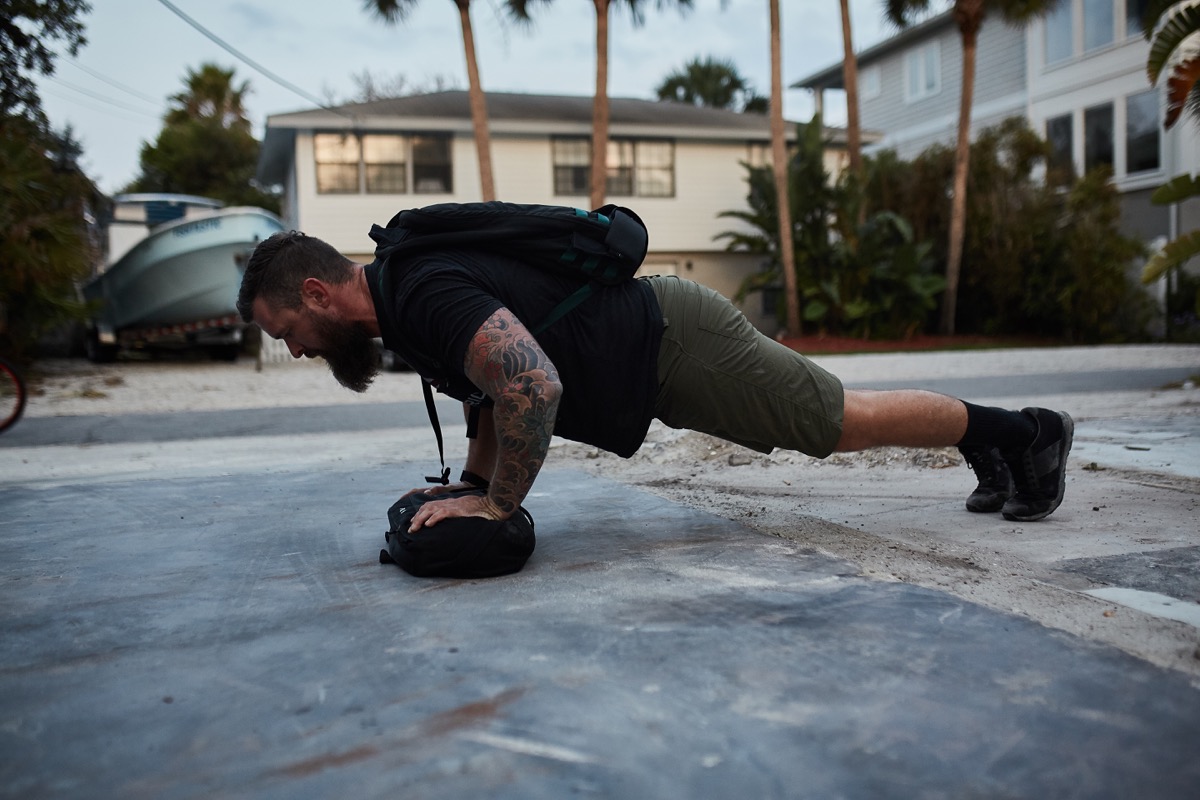
3. MUSCLES
This part is pretty straight forward. If you add resistance, your muscles will get stronger. Pretty soon that 20lb weight plate or 40lb sandbag will feel lighter, so you’ll increase the amount of resistance as you get stronger. The trick is to play around with how much is on your back in the ruck vs. how much is extra, in a sandbag. My default in life is miles, so I need to work more with heavier sandbags. Before I joined the Army, I really prioritized being big (like HULK) for a while and I did that, but life in Special Forces kept me sinewy and life on the move generally does, too. This is the area I have to spend more time on, and accountability is the hardest part. Which brings me to what I believe is the most important pillar of training.
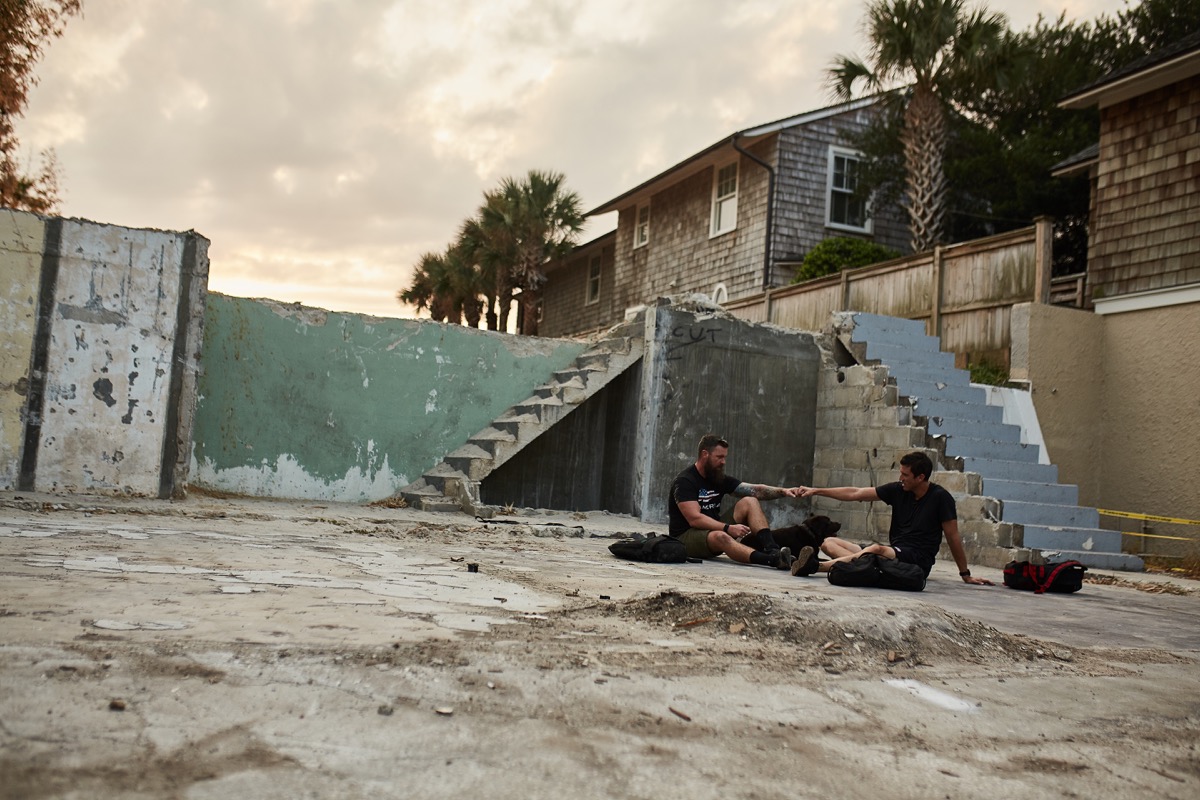
4. COMMUNITY
Community makes it all fun. Not to mention that you need more time with real humans, friends and loved ones, and less time online scrolling through feeds and counting likes. Private everything and working out solo with some subscription training platform — if it’s not getting you to a better place, and by that I mean happier, I would be willing to bet that it’s because the real world old fashioned community portion is lacking. You need to stay connected with people in the real world. That’s what community is about and that’s just one of the things I love that rucking can do – bring people together. Another thing that can bring people together is you texting a friend and saying hey wanna work out Friday at 630 meet at my house? People have a way of saying yes to things their friends invite them to. Friends are the best accountability.
So the workout we did just combined all of the pillars I mentioned – miles, mobility, muscles and community. This isn’t some new way of looking at this. When I think about my time in Special Forces, it was always a constant trade off – if you got too big in the gym, you were too slow, so you need to do more miles. Nobody wanted to admit to doing yoga, but stretching was a thing because mobility is a vital part and so are things like full range of motion squats at any weight including just bodyweight. It’s not just about the squat, it’s about what the mobility does for you in your life. The point is having the balance of miles, mobility, muscles and never neglecting the community side of it, which is absolute in Special Forces and makes all of this a lot more fun anyway. So it was a good workout and some great face time with my buddy. If you have someone you haven’t checked in with in a while, or just want to have a good time, text them and try something like this workout.
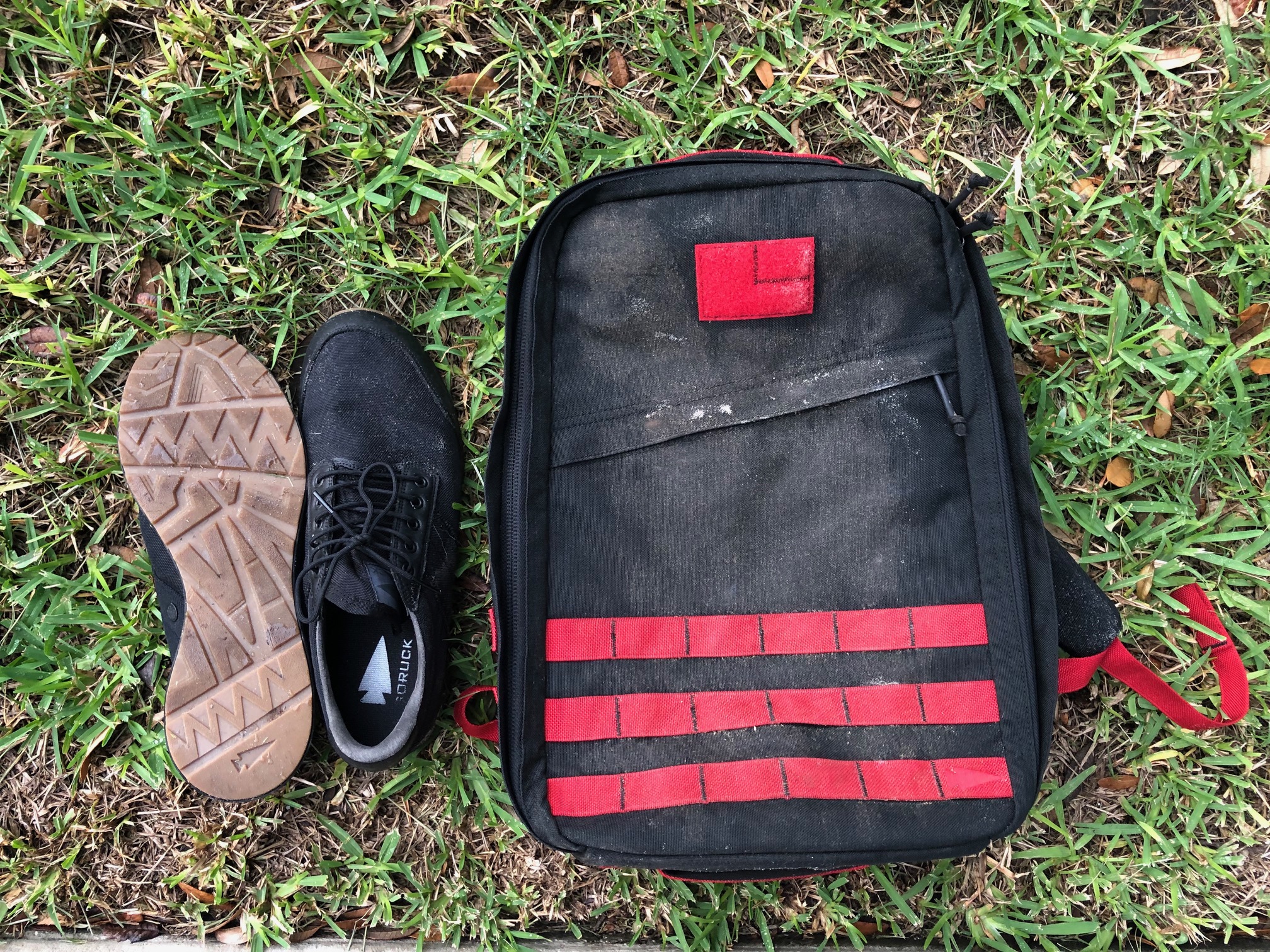 Featured gear:
Featured gear:
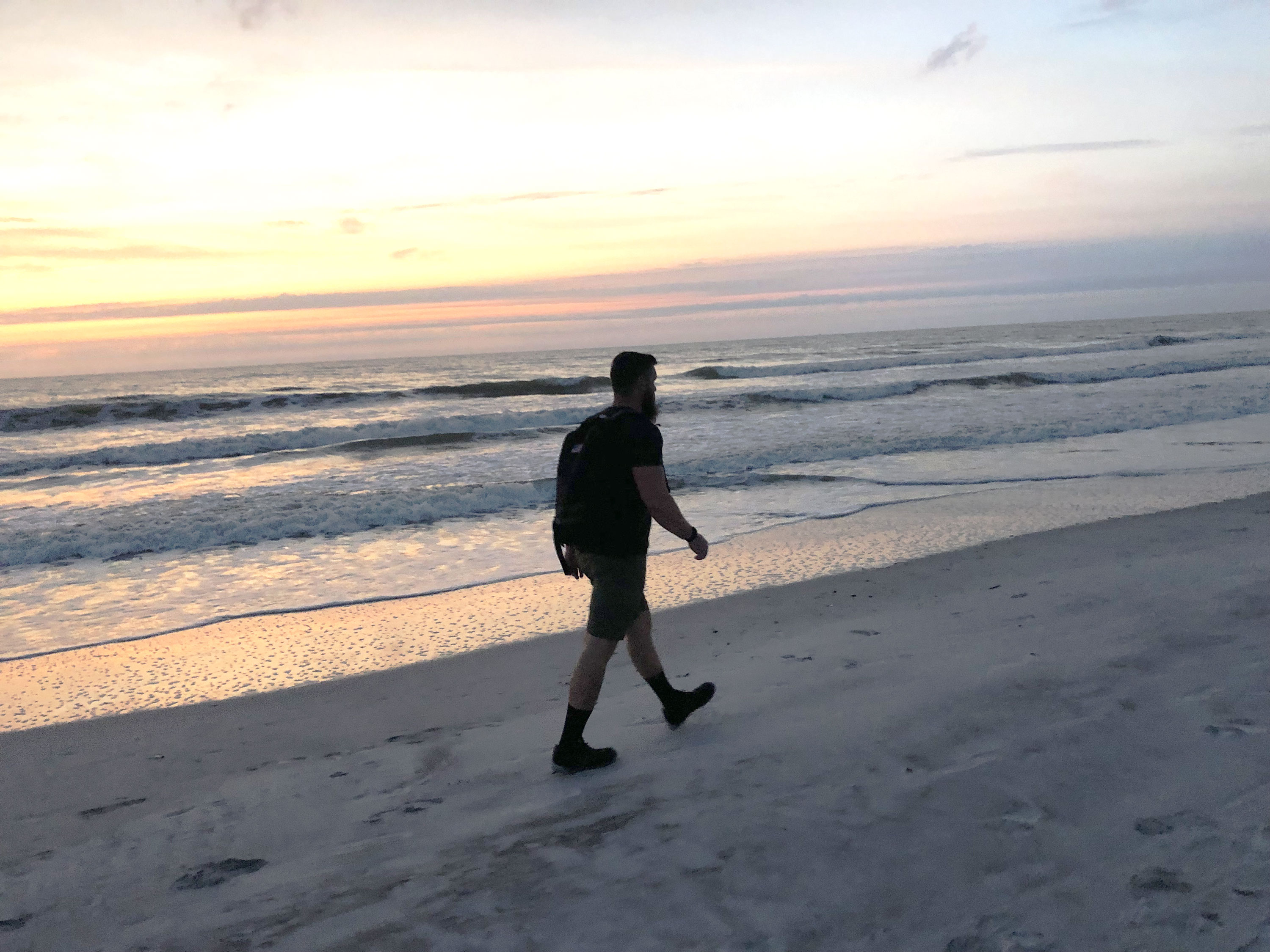
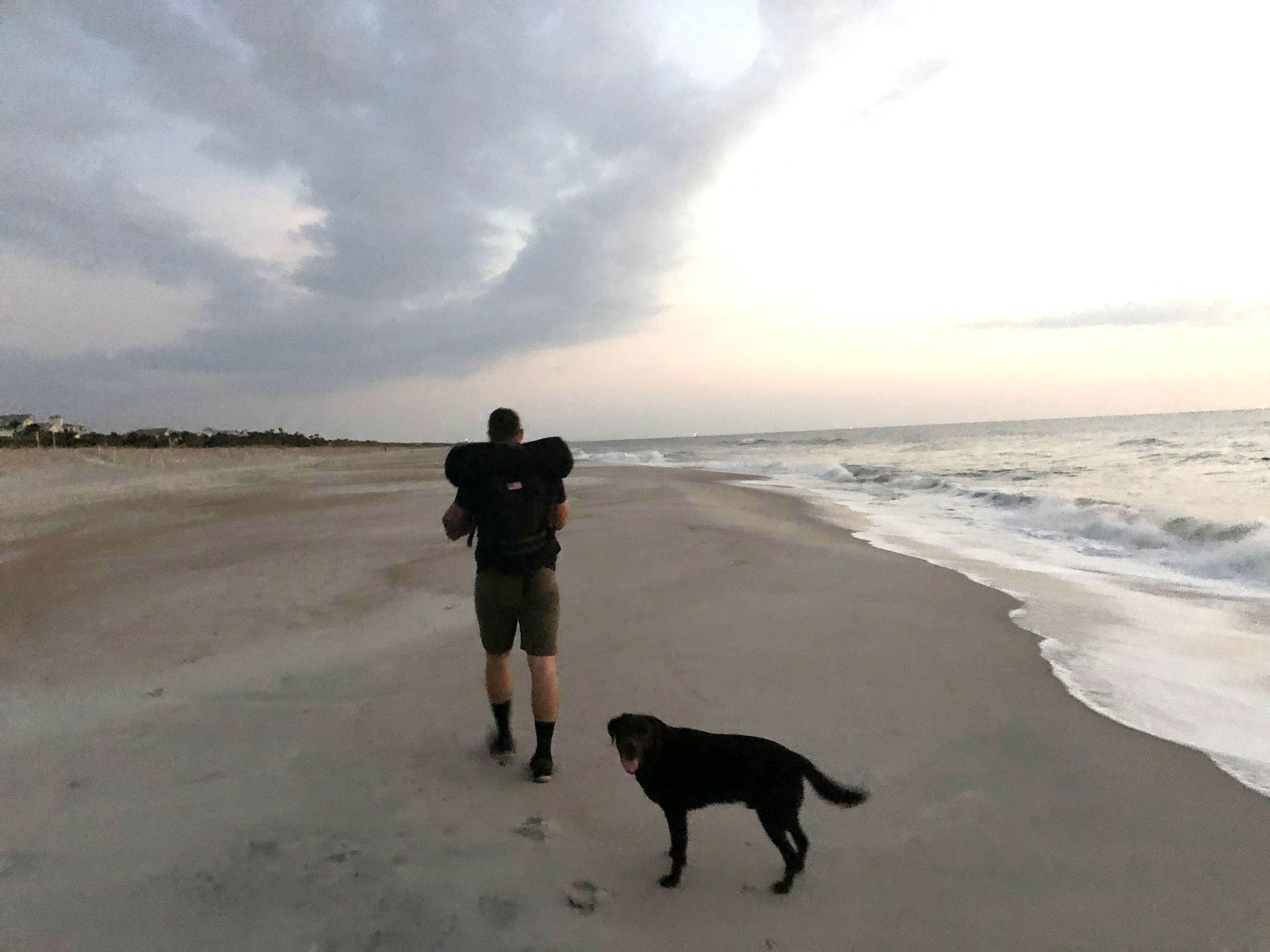
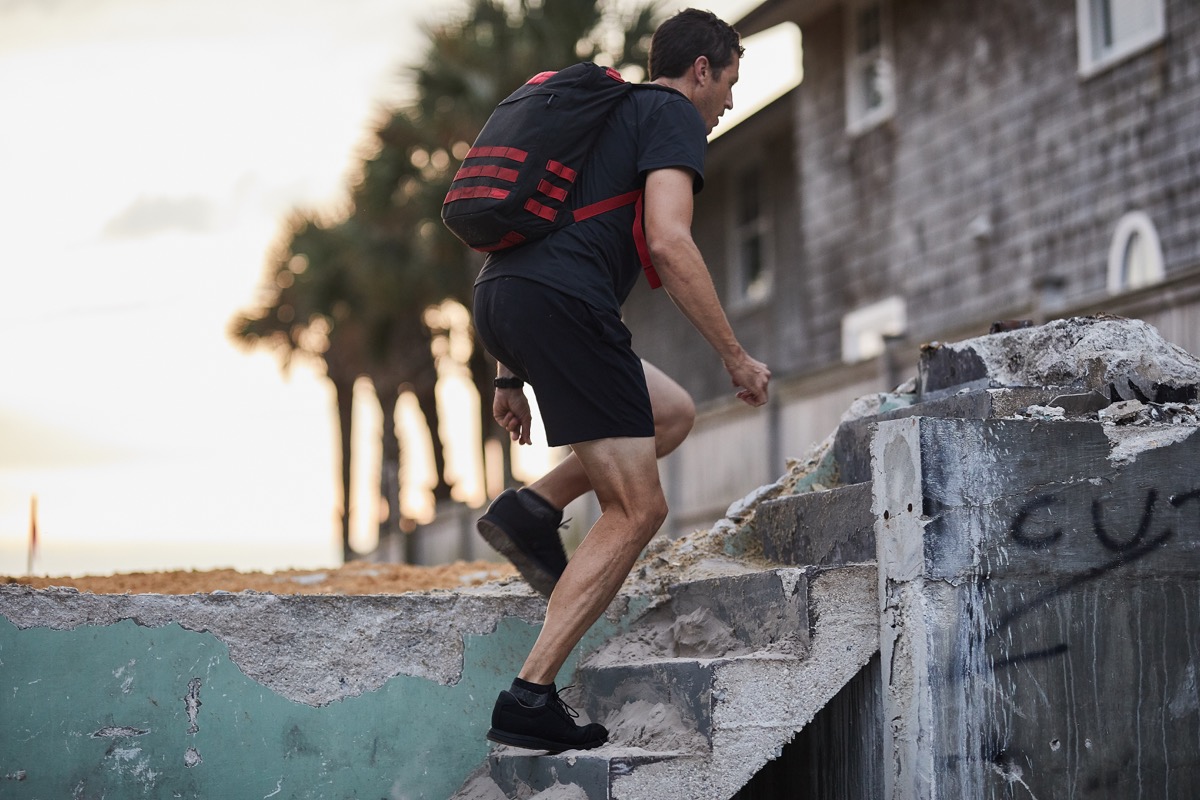
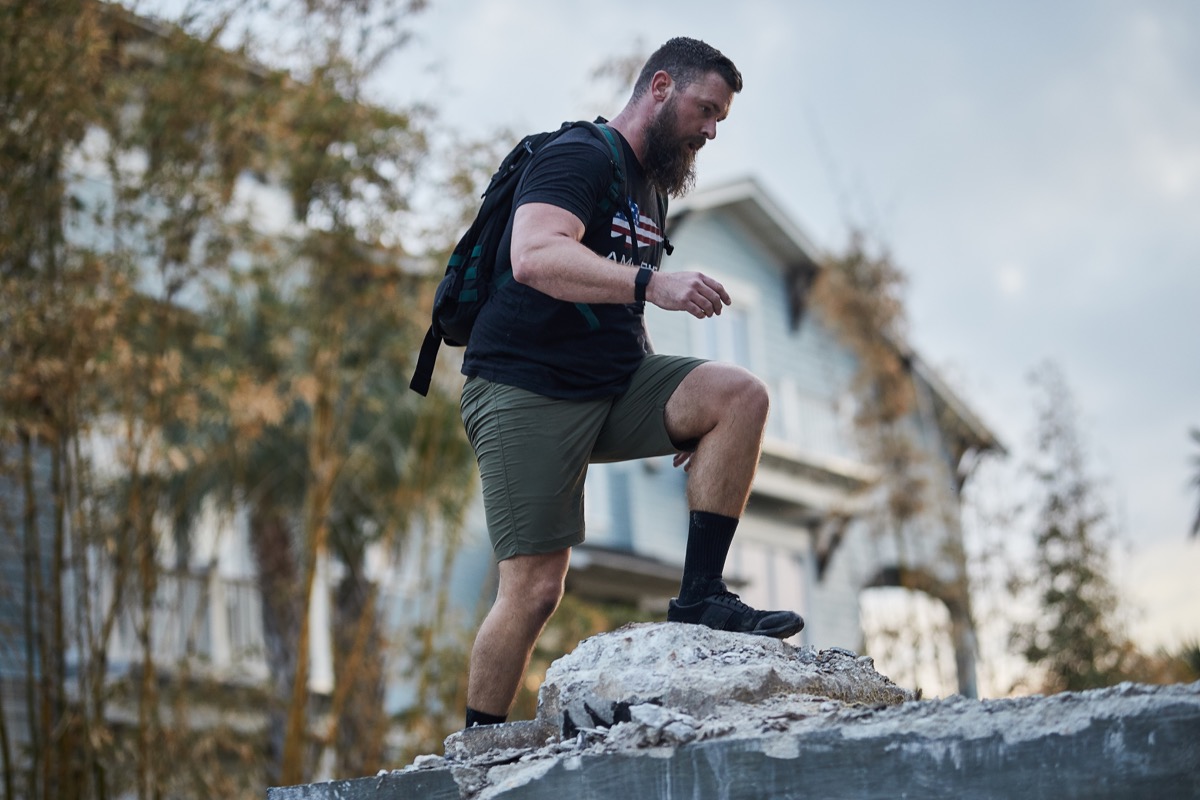
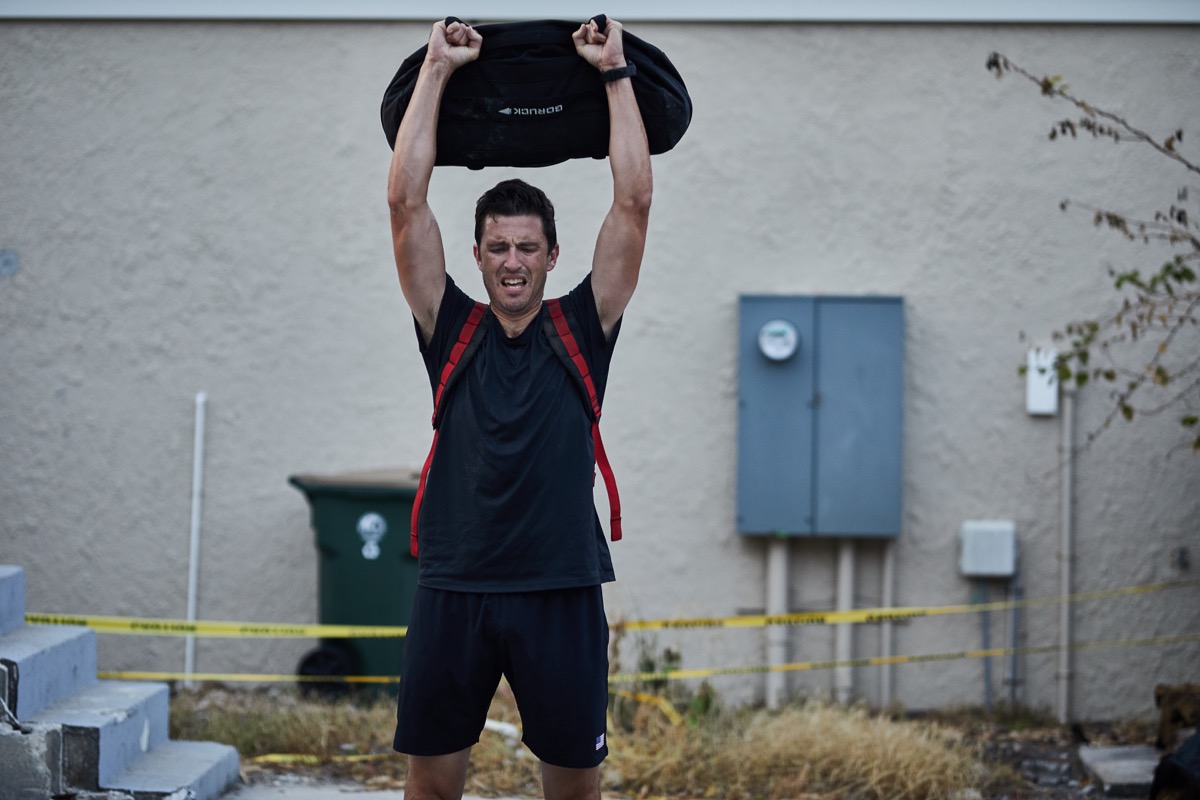

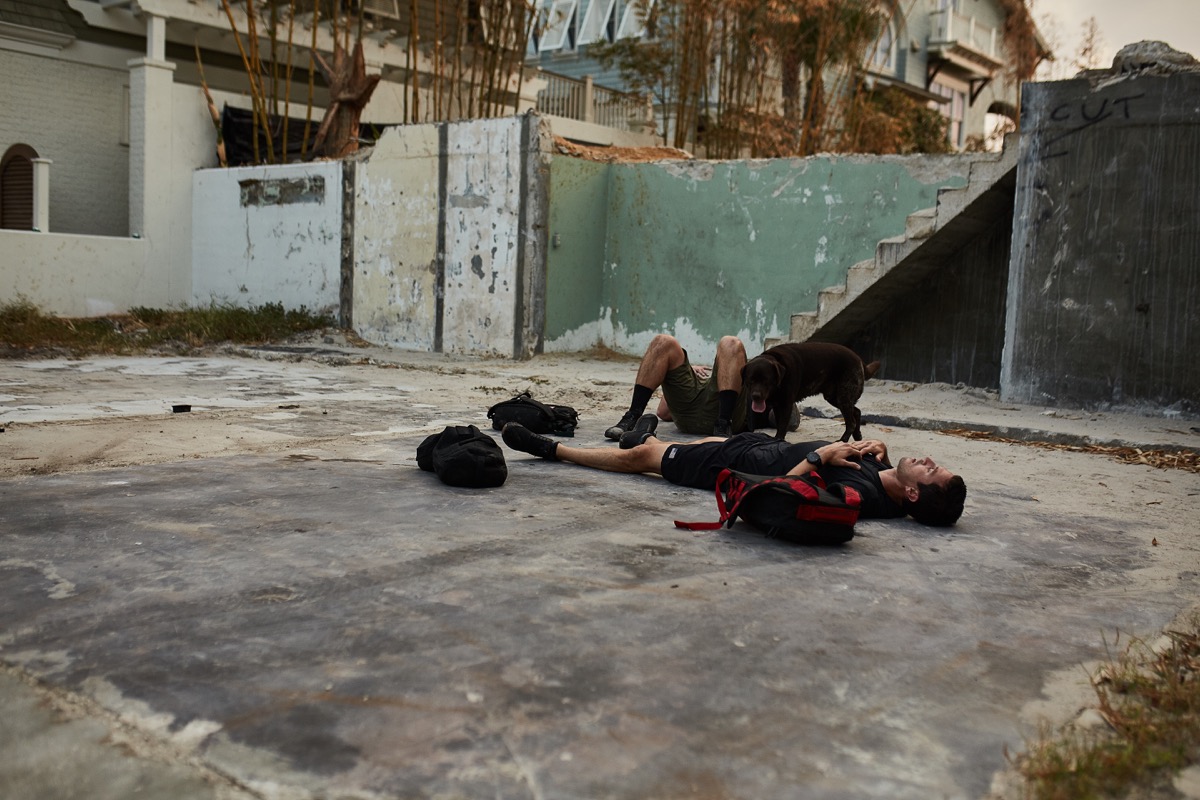
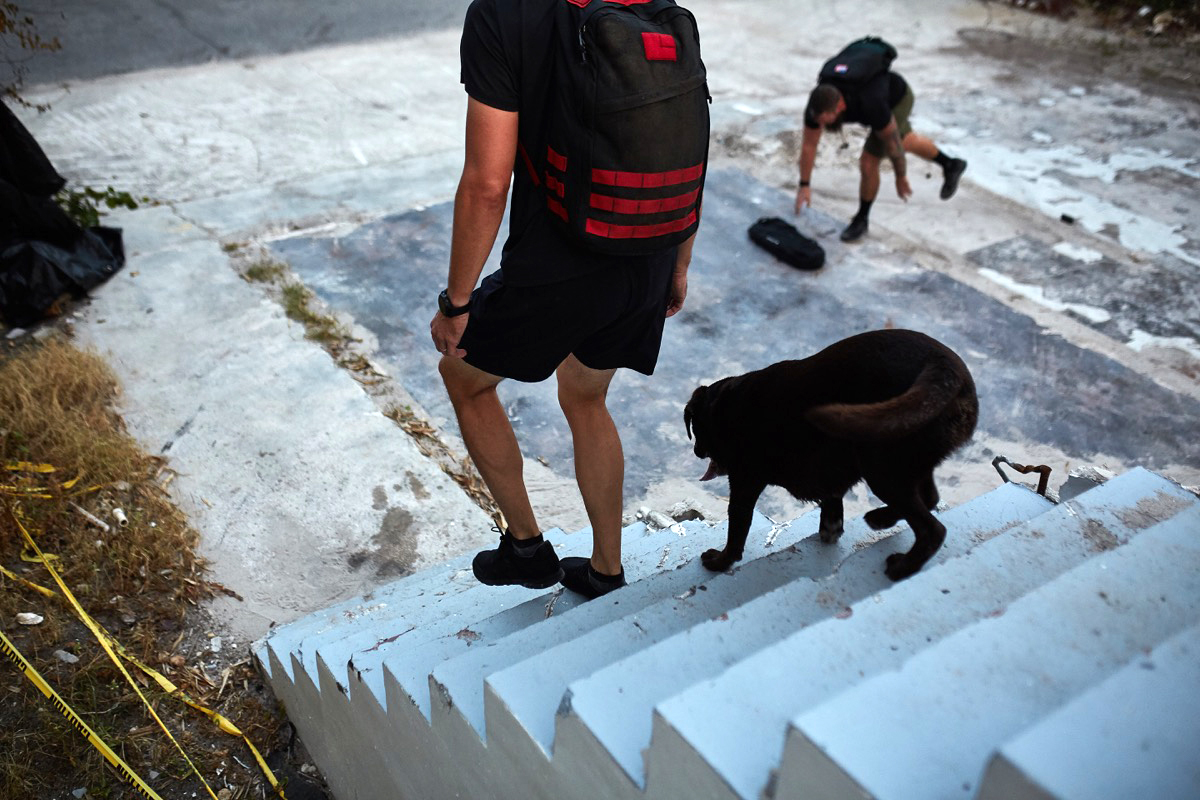
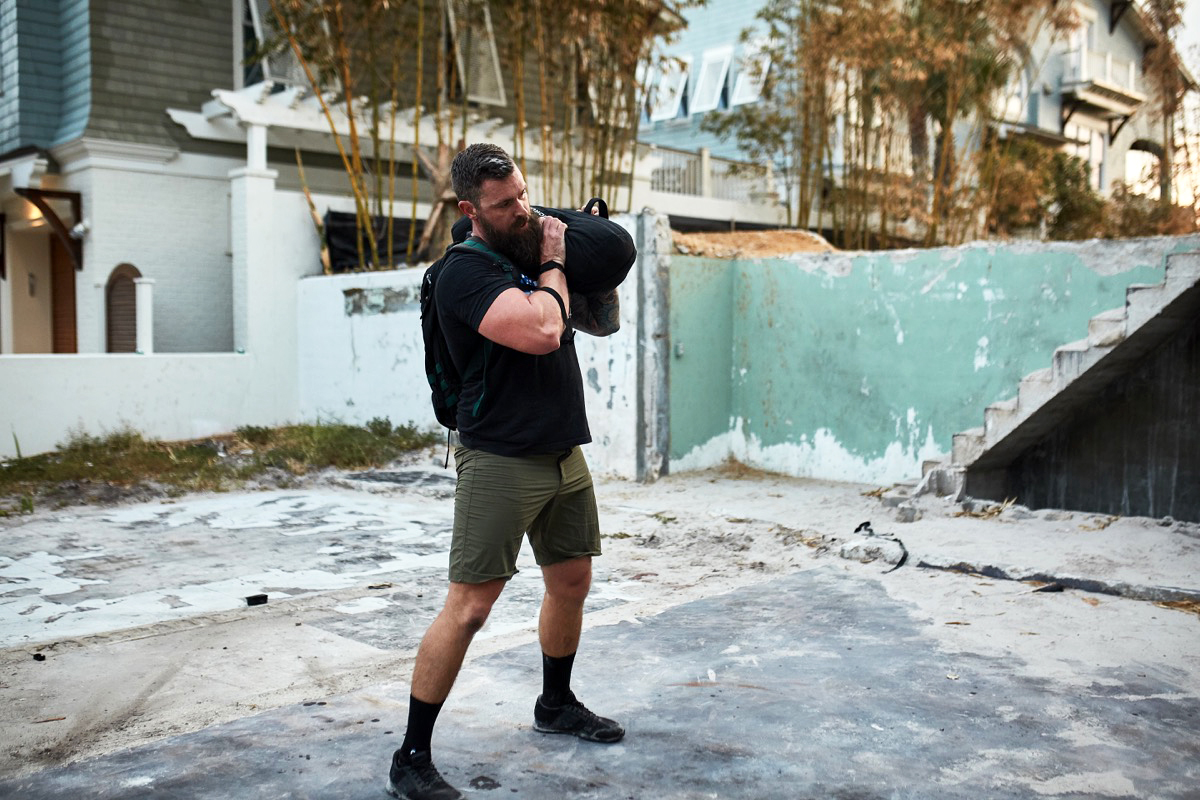
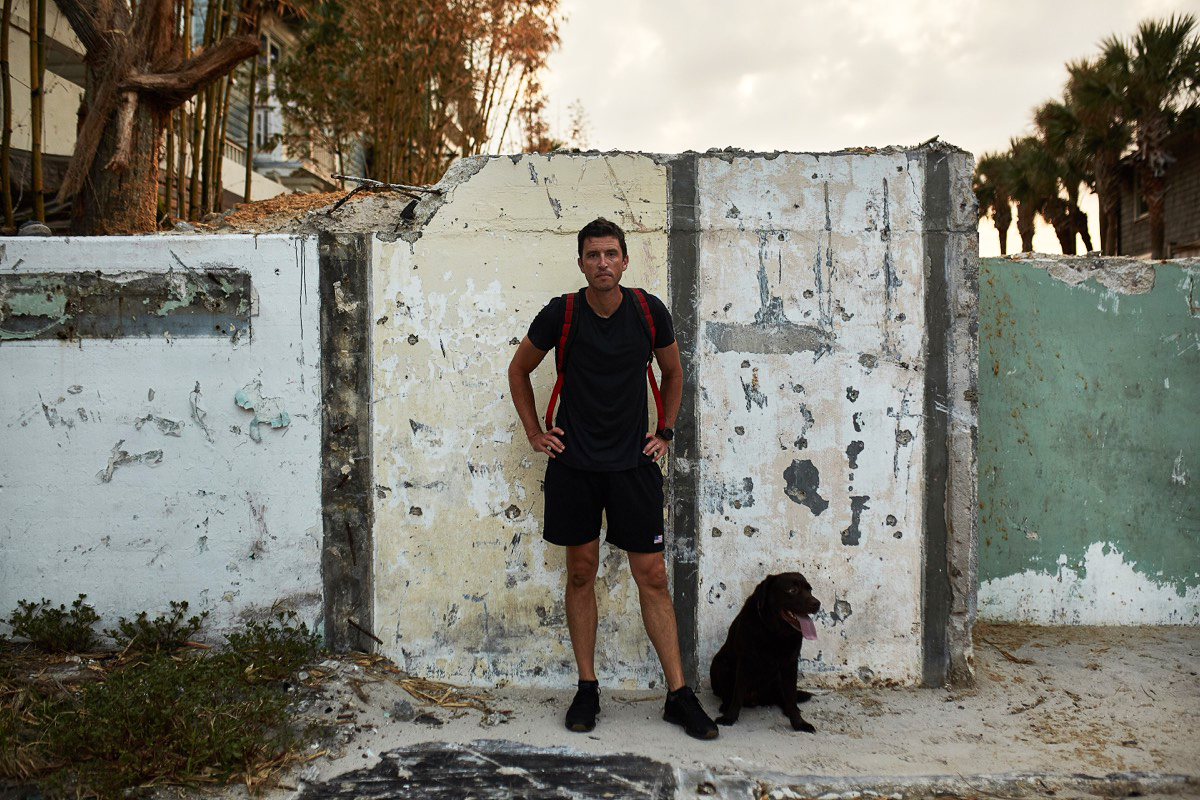

Great article! How do you break this down into a weekly routine? I, too have a daily step goal and it has improved my overall health and recovery dramatically.
It’s actually a great and useful piece of information. I am glad that you shared this
useful info with us. Please keep us up to date like this. Thank you for sharing.
my webpage: nordvpn coupons inspiresensation
Have you ever considered creating an ebook or guest
authoring on other blogs? I have a blog centered on the same information you discuss and would really like to have you share some stories/information. I know my visitors would enjoy
your work. If you are even remotely interested, feel free to shoot me an email.
Here is my web page: Nordvpn Coupons Inspiresensation (Cfg.Me)
350fairfax nordvpn cashback
I’m very happy to discover this great site.
I wanted to thank you for ones time due to this wonderful
read!! I definitely liked every little bit of it and i also have you book-marked to check out new information in your blog.
buy antibiotics online: buy antibiotics online – buy antibiotics over the counter
I don’t think the title of your article matches the content lol. Just kidding, mainly because I had some doubts after reading the article.
You really make it appear really easy together with your presentation but I in finding this matter to be really one thing that I believe
I’d by no means understand. It kind of feels too complex and very wide
for me. I am taking a look ahead to your next submit, I’ll attempt to get the
cling of it!
Look at my website :: eharmony special coupon code 2025
Hi there, I found your blog via Google whilst looking for a related
matter, your website got here up, it seems good. I’ve bookmarked it in my google bookmarks.
Hello there, just become alert to your blog thru Google, and found that it’s truly informative.
I am gonna watch out for brussels. I’ll be grateful when you continue this in future.
A lot of people can be benefited out of your writing. Cheers!
Visit my blog … eharmony special coupon code 2025
If you desire to improve your familiarity simply keep visiting
this site and be updated with the hottest information posted here.
Also visit my page … vpn